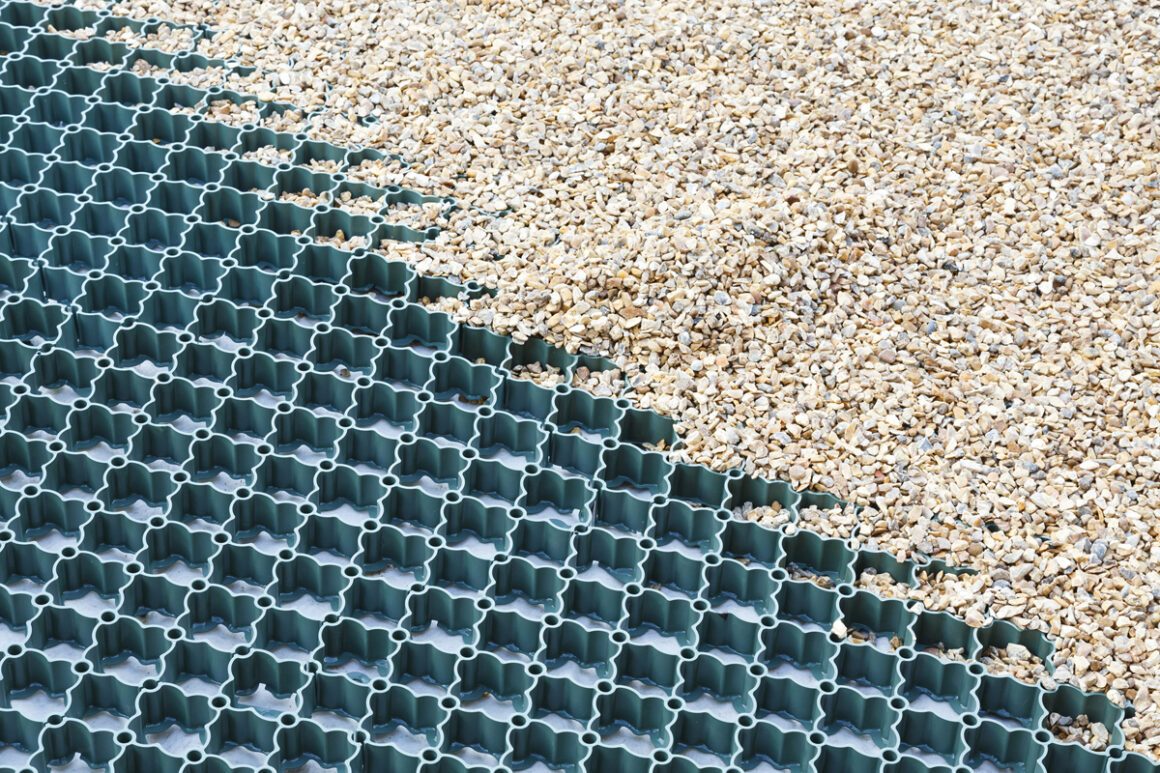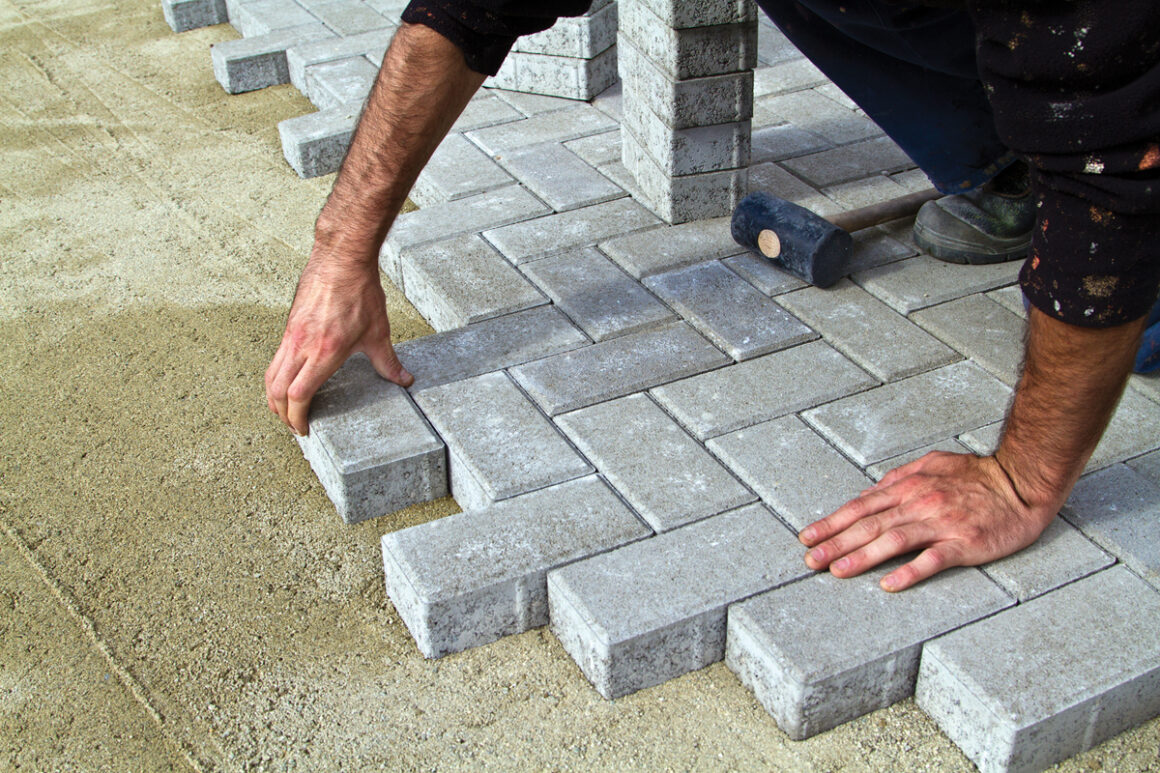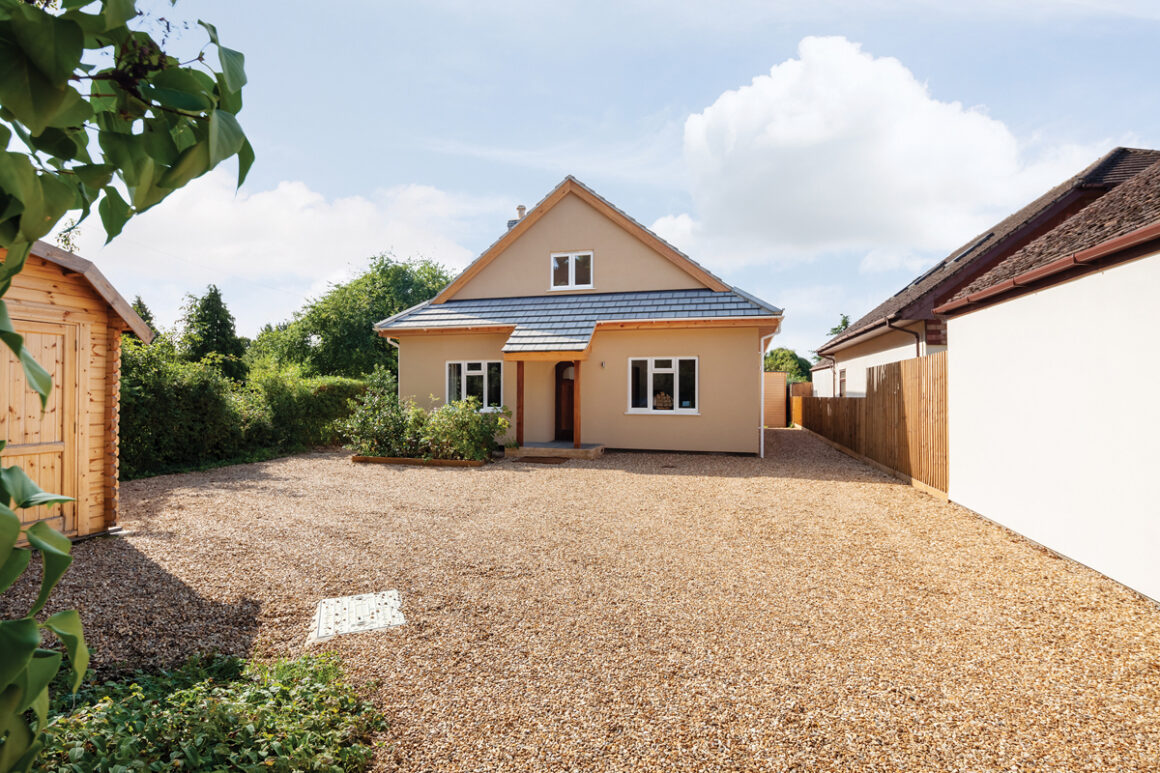Drive-your-way to some experts tips
Driveway basics
If you’re creating a new driveway from scratch, expect to pay around £20 per m2 for groundworks (including digging down, laying a membrane and filling with compacted hardcore).
Drainage is an important issue. Planning permission is required for laying a new driveway of impermeable materials that does not include any provision for rainwater run-off. In practice this does not limit you to only permeable products, as long as you design in controlled run-off (eg with drainage channels leading to a lawned area or dedicated soakaway).
Material options
Gravel can be the most economical option as a driveway surface, costing as little as £4 per m2 – plus it’s quick and easy to lay. Use edging stones, curbs or bricks to retain the gravel – “Just be sure it stops about 20mm short of the edging’s top. To prevent further movement, use a sand-based foundation and angular gravel to ensure it beds in.” You might also want to consider laying a cellular grid (such as Marshalls’ Drive Grid) to help to minimise motion.
Asphalt costs approximately £15 per m2 for a single layer, but it is best to install two coatings for better durability. Porous versions are now available.
Block paving is highly popular and comes in permeable and non-permeable versions. Prices start from around £28 per m2, which includes installation. Expect to pay more for complex patterns, and for real stone rather than stone-effect concrete.
Permeable resin-bound gravel is a further option, which offers the equivalent attractiveness without the movement issues. SureSet’s costs £54-£60 per m2 including
Adding design interest to a driveway
With their large swathes of uninterrupted hard surfaces, driveways can look bland if not enough thought goes into the overall design.
Here’s how to create more kerb appeal:
- Use a mixture of paving products. Look for ranges that include a variety of design elements, such as Marshall’s Drivesett Argent Priora, available in three shades of grey; or create a bigger contrast with mixed materials – stone pavers with gravel edging, for example.
- Banish straight lines with curved edging lining the flowerbeds, a meandering path or a paving design that radiates out from a circle instead of being laid in strict rows.
- Good planting will soften hard edges, as well as providing drainage. Go for evergreen shrubs if you want year-round interest with little maintenance.
- Bring everything to life at night with integrated lighting. Flush, drive-over lights will withstand the weight of a car, while low bollard designs add a more sculptural element. Opt for products with movement sensors if you only want them to come on as you approach.




